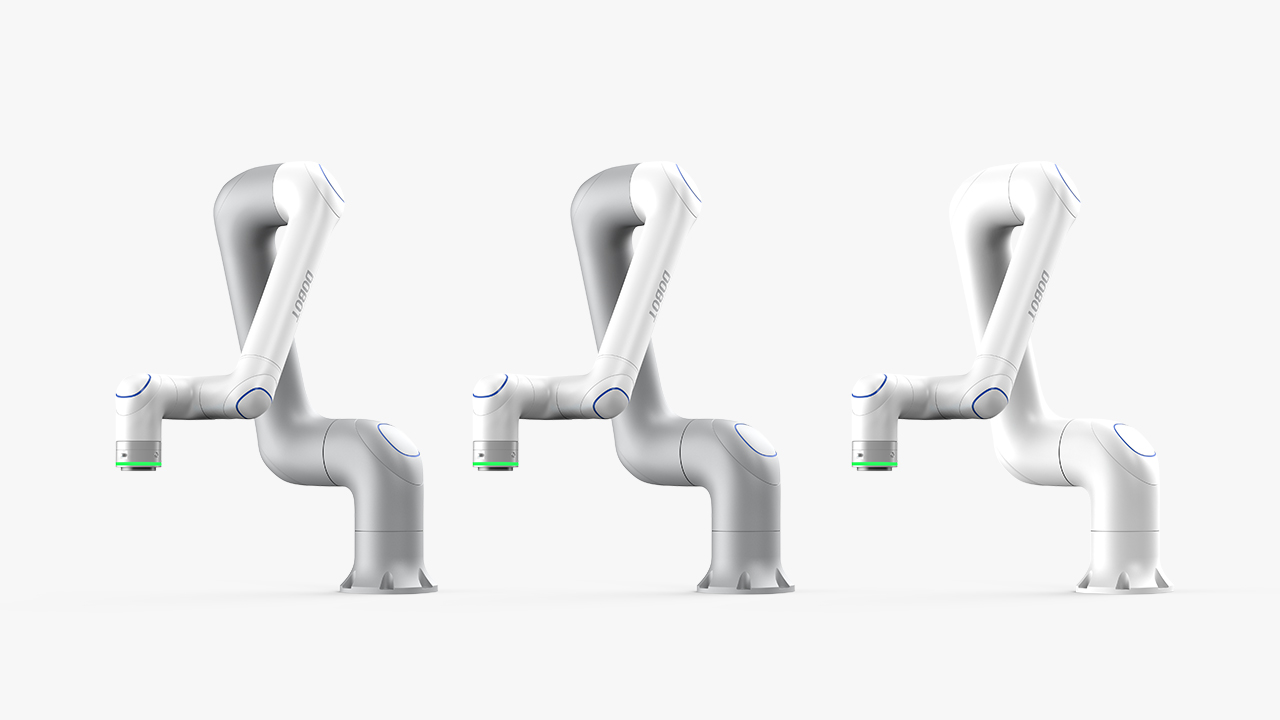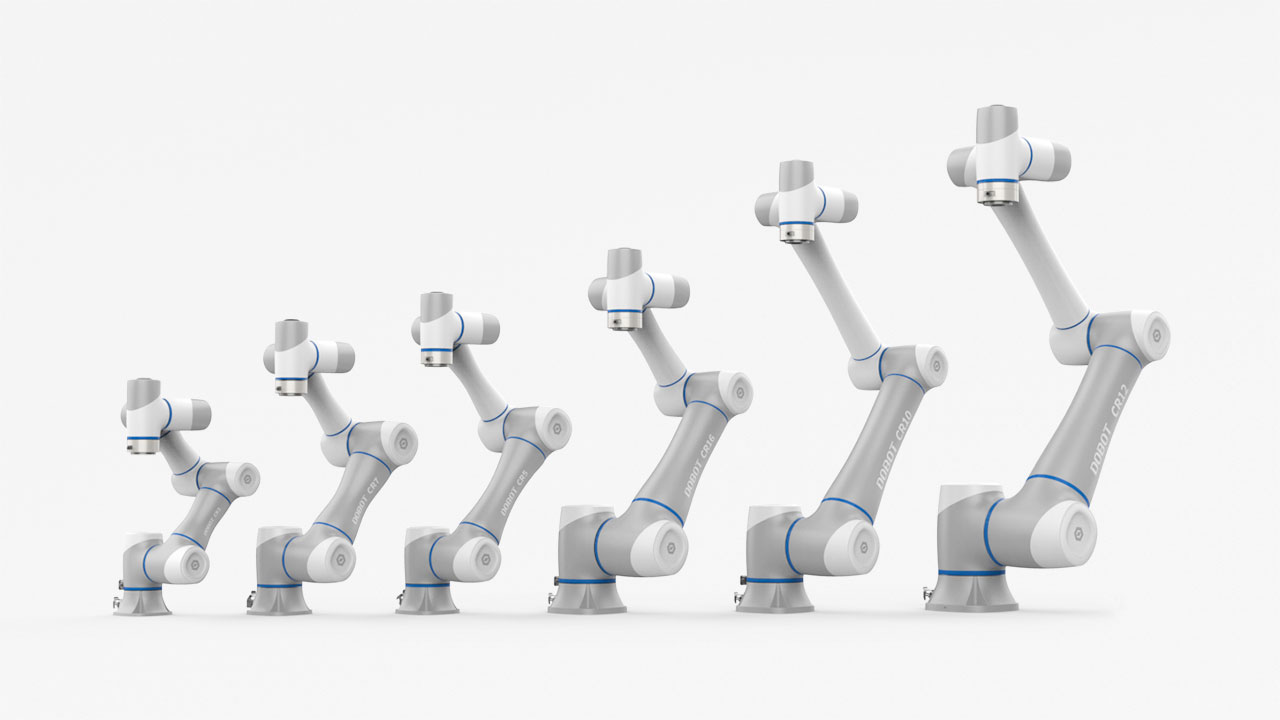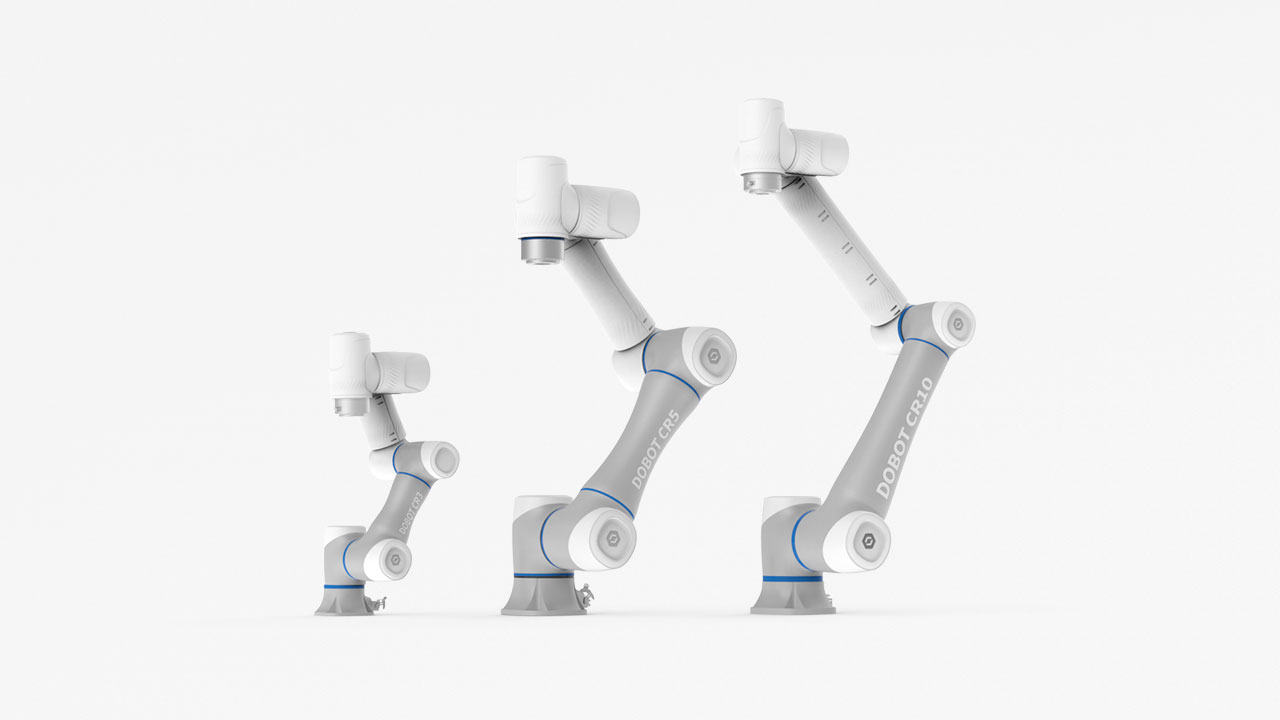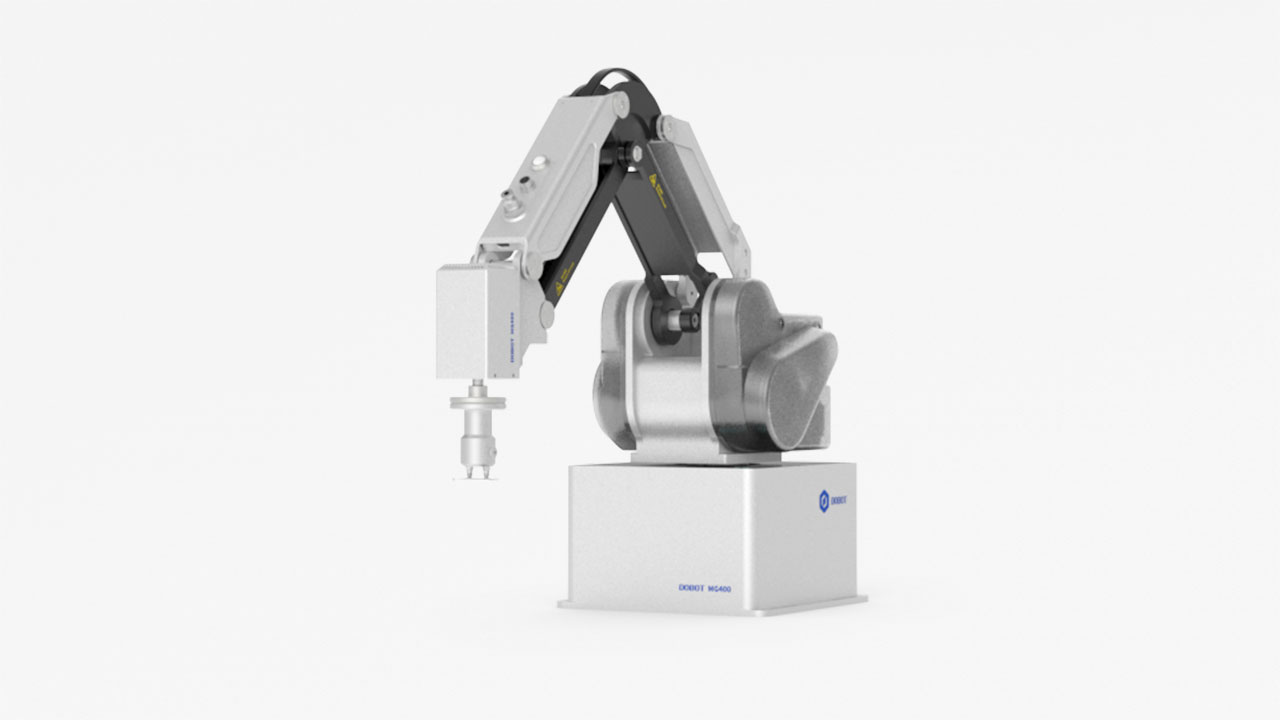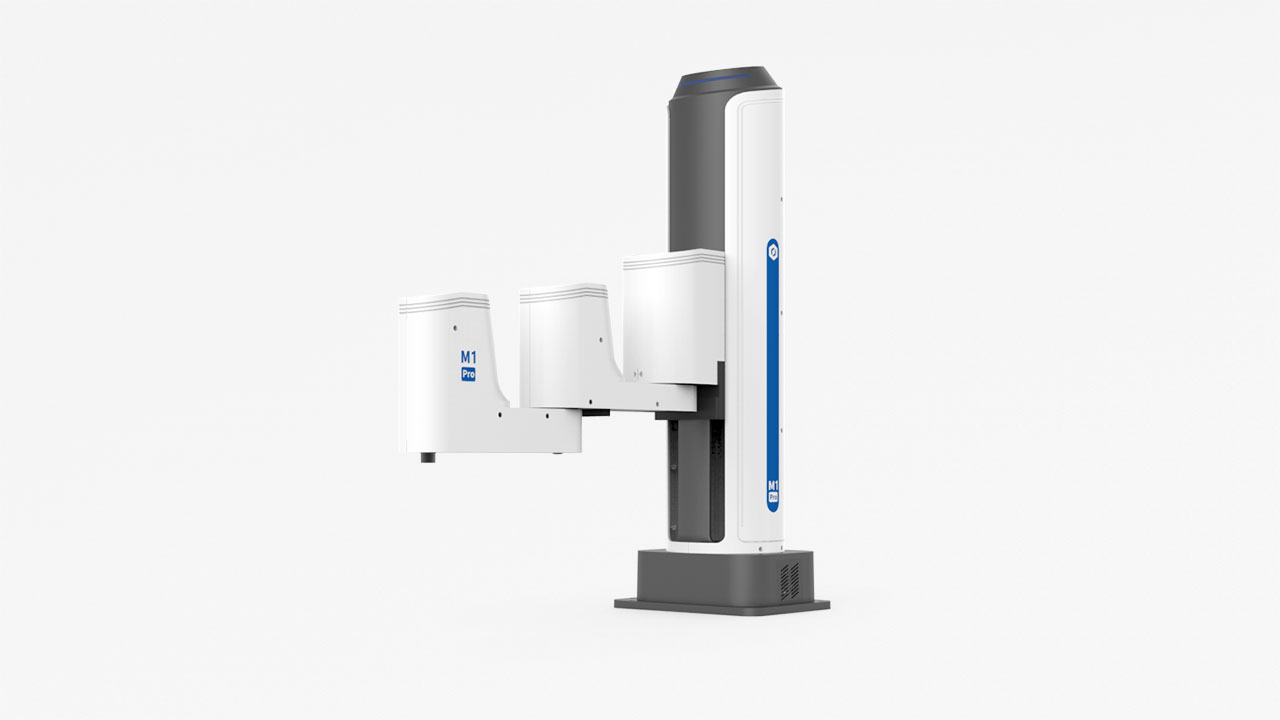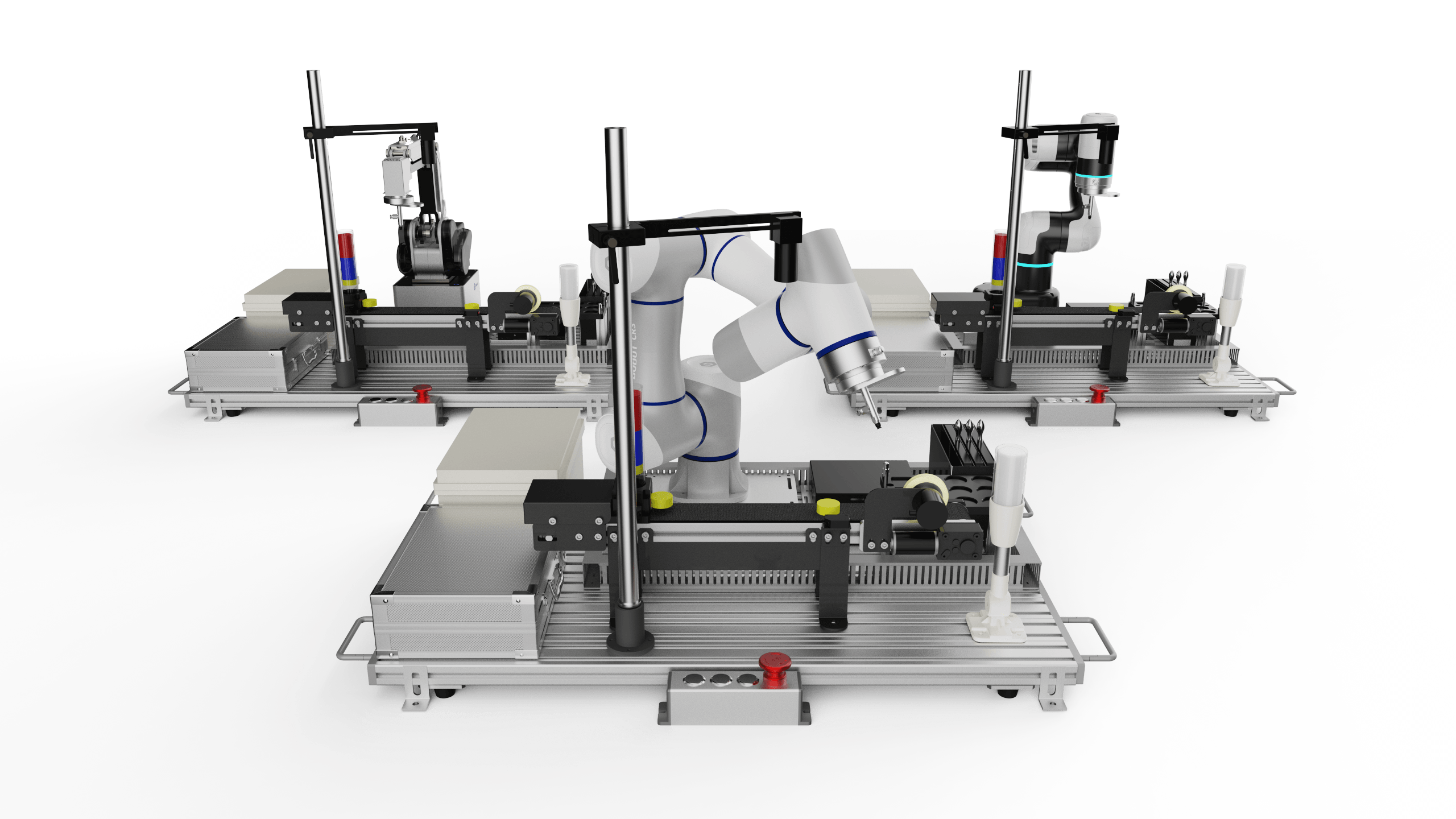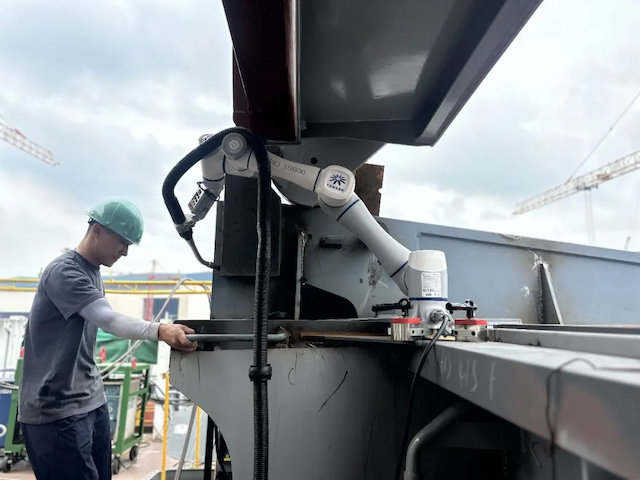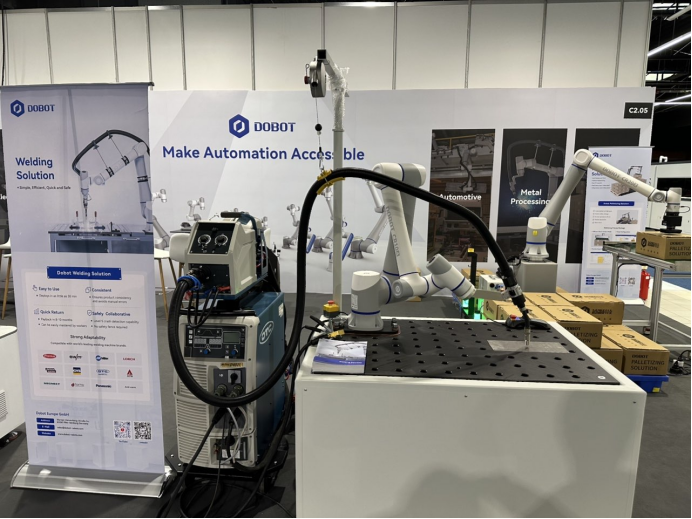3D printing is the process of creating three-dimensional solid objects from a digital file. As 3D printing technologies mature, the focus will turn toward pre-and-post-production processes. When we need to print certain objects, we have to consider the features of 3D printing materials, especially the price of the materials and see if they are suitable to print. There is a wide range of materials. This page is an overview of 5 Popular 3D printing materials under $50 that can be used on desktop 3D printers.
5 Popular 3D Printing Materials Under $50
We find out 5 common 3D printing materials under $50. Here you can learn about the strengths and weaknesses of these 5 3D printing materials. Choose one of them which is most suitable for your requirement.
|
Material
|
ABS
|
PLA
|
Nylon
|
HDPE
|
PETT/T-Glase
|
|
Price
|
$20-50/KG
|
$20-50/KG
|
$18/KG
|
$30/KG
|
$30/KG
|
|
Heated Bed
|
Yes
|
No
|
Yes
|
Yes
|
Yes
|
|
Melting Point
|
220
|
180-200
|
250
|
230
|
230
|
|
Smell
|
Unpleasant
|
No
|
No
|
Unpleasant
|
No
|
|
Toxic
|
No
|
No
|
No
|
No
|
No
|
|
Degradability
|
No
|
Yes
|
No
|
Yes
|
Yes
|

ABS is an abbreviation of Acrylonitrile butadiene styrene, widely used in Legos. It has many user-friendly features, such as toughness, nontoxic, and color durability. Many designers select it for 3D printing because it is easy to shape and difficult to break. It also has some requirements before use. It will melt and become flexible when the temperature is higher than 220°C.
ABS has all the essential properties for 3D printing. Before starting 3D printing, you need a powerful heater that can reach 220°C. In that way, ABS will become soft and pliable when heated and shape up quickly. There are a lot of printers equipped with a heated bed on the market, which ABS can stick to.
Anyone familiar with Lego will tell you that ABS is firm, waterproof, and chemical-resistant. Because it can be mass-produced and is used as toys for children. Need to mention that ABS does not smell well when it is heated, and some nasty chemicals will appear with the vapor. It has some requirements for storage conditions. It can’t be exposed to the sun because of UV radiation and will lose its color.
- Pros: Tough, nontoxic, and water-resistant
- Cons: High-temperature requirement; unpleasant vapor; not suitable for outdoor use
- Application: Gears and moving or interlocking parts
- Price: $20 to $50 per kilo

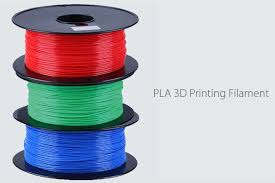
PLA is an abbreviation of Polylactic acid, and it's a polymer plastic that is made from biological materials, like cornstarch. PLA is easy to biodegradable, and this property is very similar to the material used in plastic packaging. PLA melts between 180 and 200 degrees Celsius, but this also depends on material color and texture. In comparison with ABS, PLA is more tough, resilient, and opaque, but not so heat-resisting as ABS. PLA is out of shape above 60 degrees Celsius. It is not waterproof or chemical resistant. When you do 3D printing with PLA, there will be a slight odor but no toxicity.
3D printing amateurs with a low budget would prefer multiple PLA features because it is easier to print, as it is more viscous than ABS. You don’t even have to prepare a heated print bed. It can stick firmly to a print base comprising a blue painter’s tape. PLA is also environmental-friendly. It is biodegradable and can be consumed by many common bacteria. 3D printed objects made by PLA can last for a long time under normal conditions unless it breaks down. PLA is not food safe, so do not 3D print food holders with PLA. Sometimes it is more brittle, but you can make it less brittle and more heat-tolerant by adding some chemicals to it.
- Pros: Biodegradable and easier to print
- Cons: Rough texture and not easy to degrade 3D
- Good for: 3D printing, especially for low budget
- Cost: $20 to $50 per kg
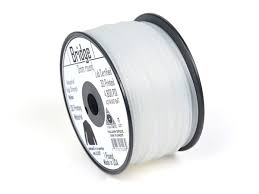
As a replacement for silk, Nylon can be used for synthetic polymers. Nylon can hold weight objects because it has high tensile strength. Nylon is also high heat-resistant. It melts above 250 degrees Celsius.
Nylon is relatively new as a 3D printing material, but more and more people prefer deploying it because it can produce more sophisticated 3D printing. Its affordable price makes it widely used in other industries. Besides, nylon has a high requirement for 3D printing: a high temperature of 250 degrees Celsius is required in 3D printing. It is less sticky to print heated beds as well as ABS or PLA. A heated print bed and white glue to stick are required in 3D printing with Nylon.
- Pros: Solid and affordable price
- Cons: High temperatures are required
- Good for: Creating containers to hold weight objects.
- Cost: $18 per kg

HDPE is an abbreviation of high-density polyethylene. It is famous for its high-impact polystyrene. Thanks to its biodegradability, HDPE is popular in recyclable packagings such as plastic bottles and packages. The light and flexible material feature makes it easy to stick to the print heated beds. As HDPE is easy to mold, it is popular in other industries. It will be out of shape above 230 degrees Celsius. You need to know that it releases noxious fumes if accidentally heated to a higher temperature.
HDPE can be often used instead of ABS, as HDPE is lighter and tougher than ABS. HDPE has a higher requirement for temperatures to 3D print and can release fumes if the temperature is too high. Although it is resistant to most chemicals, you can dissolve it with limonene. Need to pay attention to this point: HDPE will warp as the temperature changes, as it cools, and HDPE contracts slightly. As a result, you will get warped 3D printing. So keep the temperature constant until 3D printing is completed.
- Pros: Easily dissolved in limonene; lightweight
- Cons: High temperatures are required for printing
- Good for: Lightweight prints
- Cost: $30 per kg
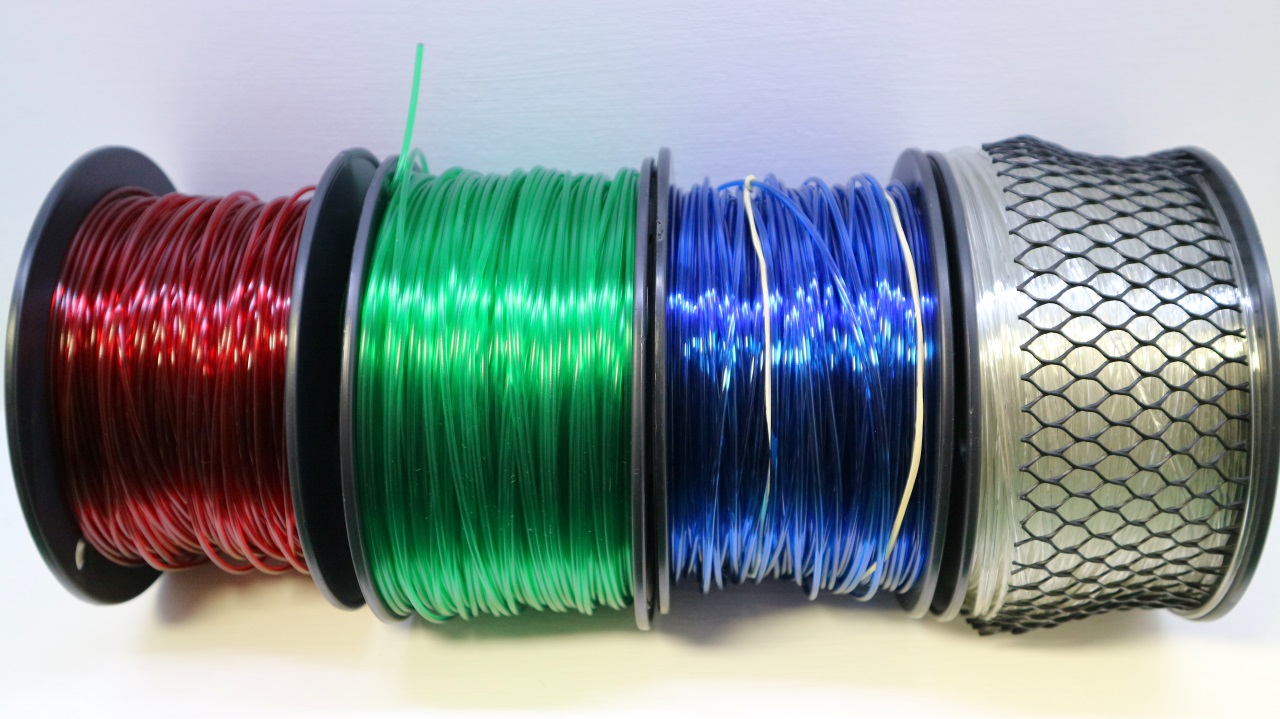
PETT is an abbreviation of Polyethylene terephthalate. The melting temperature level is above 230 degrees Celsius, turning into a solid when it cools down. It is easy to dye while maintaining glass-like quality, so you can use it for color-mixing 3D printing. Its non-toxic feature enables you to make clothes more efficiently. The FDA has approved T-glase for food deployment, so you can use it to make dishes, cups, etc.
T-glase material itself is strong and resilient. It has a special requirement for 3D printing, you have to print slowly to make sure that layers adhere properly. So printing with T-glase is much slower than with other materials.
- Pros: Food-safe and glass-like material
- Cons: Slow to print
- Good for: Utensils, containers
- Cost: $30 per kg
More costly 3D printing materials
Conductive materials:
This conductive material is new in the 3D printing market. It can combine PLA with graphene, enabling you to create objects to conduct electricity. You can create electric circuits directly through 3D printing with conductive materials without adding wires. It can be used to produce touch buttons or wearable electronics that conduct electricity. You should print a PLA case around the parts that conduct electricity to protect it and give it more power. Conductive filaments are also costly. It costs about $70 for a small 100g reel.
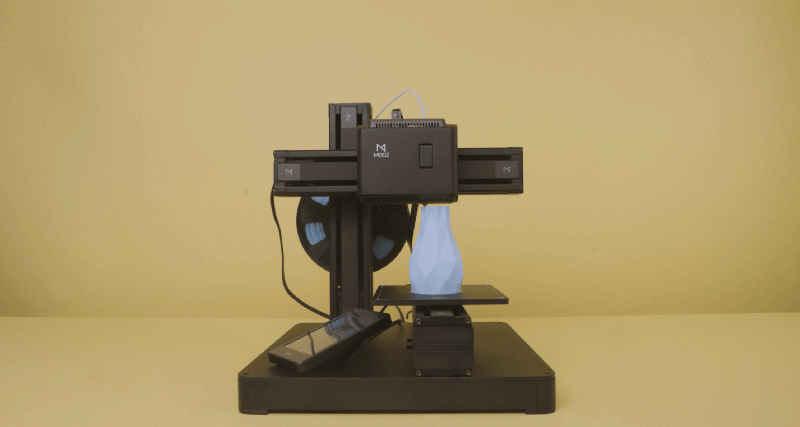
Discover a powerful and effective 3D printer at a reasonable price, the DOBOT Mooz, which helps you manage not only 3D printing but also CNC carving and laser engraving.
